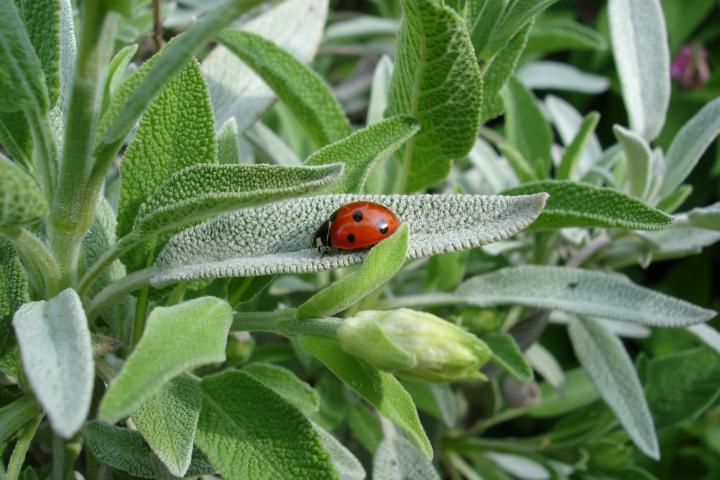






Sage is a hardy perennial with soft, grayish green leaves. Its flower colors vary; they can be purple, pink, blue, or white. Common sage is used most commonly for cooking; it’s a classic in stuffing.
Anyone who has sage planted in their garden is reputed to do well in business.
For other greens to use in your cuisine, see the Leafy Greens: Health Benefits page.
Oregano: Planting, Growing, and Harvesting Oregano Herbs
Pumpkins: Planting, Growing and Harvesting Pumpkin Plants
Radishes: Planting, Growing and Harvesting Radish Plants
Rhubarb: Planting, Growing, and Harvesting Rhubarb Plants
Watermelon: Planting, Growing, and Harvesting Watermelon
Coriander and Cilantro: Planting, Growing, and Harvesting Coriander and Cilantro
Asparagus: Planting, Growing and Harvesting Asparagus
Beets: Planting, Growing and Harvesting Beets
Cabbage: Planting, Growing, and Harvesting Cabbage
Sweet Corn: Planting, Growing and Harvesting Sweet Corn
Eggplant: Planting, Growing and Harvesting Eggplant
Copyright © www.100flowers.win Botanic Garden All Rights Reserved